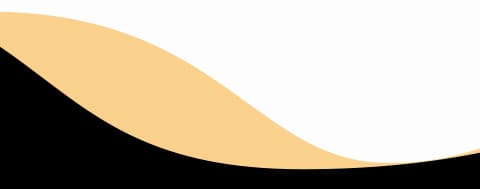Inference Lessons | Eduauraa Blog

Inferences are the resulting conclusions which one makes concerning past experiences.
Students need to have explicit knowledge on the implication of information that is not placed directly.
Inference lessons can help learners to draw better inferences or conclusions.
The inference skill is necessary for different school assignments like science, reading, or social studies.
Time and experience contribute greatly to the development of inferential thinking.
The underlying reason to teach inference
There are some rules which are involved in teaching inference -
1. The inference is a fundamental skill that acts as an indispensable source for high-level thinking, including 21st-century skill sets.
2. The inference skills are vital in different parts of the curriculum, including science, social studies, arts, and English.
3. Due to the requirement for high-order thinking skill sets, inference might pose a difficulty for students.
But proper teaching instructions in inferential strategies can help to develop proper inference.
The procedure to teach inference
A simple style of teaching inference can consist of these expectations –
1. Identify the appropriate clues to obtain the proper solution at the right time.
2. Add those clues to your knowledge.
3. There is a possibility of having more than a single correct answer.
4. The inferences should be supportable.
Questions to ask while making inferences
According to Marzano (2010), teachers can ask their students four questions to talk about regarding their inferences.
1. What is my inference?
Such a question can help students in building their awareness of inference as they fill up indirect information that was not presented to them directly.
2. What data did I put to use in making this inference?
Students must understand the reference information that they applied on making these inferences possible.
The data can be in the form of introducing background knowledge into a learning setup or the data they must have obtained from the text.
3. Was my thinking good?
Marzano suggests that when students get a note of their inference-based premises, they can enter into the most compelling portion of the process to scrutinize their thinking validity.
4. Does my thinking need any changes?
In the last phase, the students must consider the potential changes that can take place in their thinking skills.
Although at this point, students should not consider their inferences as invalid yet.
They can obtain fresh and new information to update their thinking pattern.
Inference lessons from teachers
Teachers can try out an inference-teaching model by the name – It says, I say, and so. Kylene Beers developed this procedure in 2003.
Predictions and inference can enable the students to forecast incomplete stories.
They can fill in the blanks or bridge the missing gaps with their inferential capacities.
Sometimes, teachers can use anchor charts that help the students jot down their inferential predictions and organize their concepts and words in a systematic manner.








